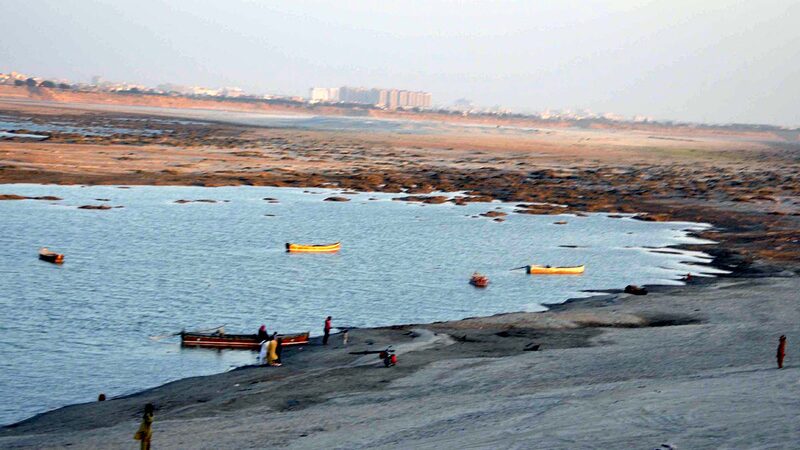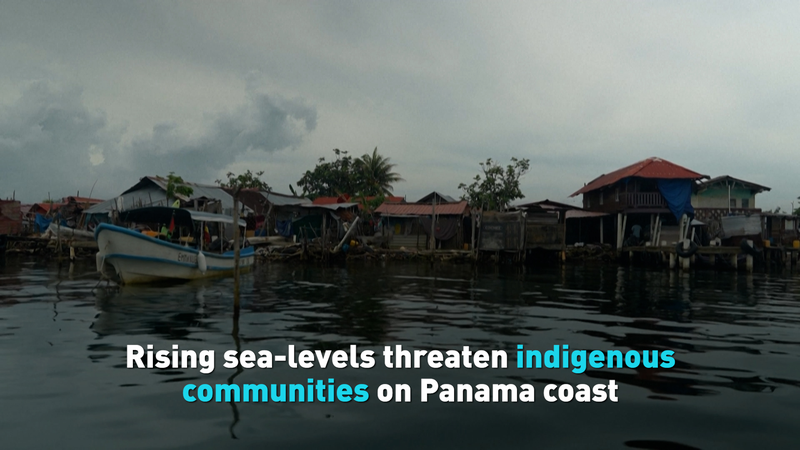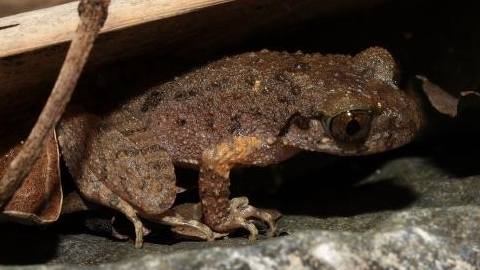Pakistan's farmers are facing a tough season ahead as a 30% water shortage threatens to disrupt the sowing of crucial cash crops like rice and cotton. 🌾💧
The Indus River System Authority (IRSA) reports that lower-than-normal winter snowfall in the northern glacier regions has led to decreased water levels in the Indus and Jhelum rivers, which are vital for irrigation. ❄️⛰️
Climate change is taking its toll, with shifting weather patterns causing less snowfall and more uncertainty. Muhammad Azam Khan, an assistant researcher with IRSA, stated, \"There was less snow than normal as a result of climate change affecting the country's glaciers. This will have a direct impact on the availability of water for Kharif crops in the summer.\"
Kharif crops, also known as monsoon crops, including rice, maize, sugarcane, and cotton, are sown in April and rely on warm, wet conditions with high rainfall. 🌧️☀️ The water shortage could spell trouble for these crops, which are essential to Pakistan's economy, contributing about 24% to its GDP.
While monsoon rains later in the season might help narrow the water gap, the meteorological department has forecast higher-than-normal temperatures during the monsoon season, adding to the uncertainty. 🔥🌡️
\"What this current water shortfall means for the crops is that authorities will have to better plan on how to utilize the water that is allotted to them,\" said Khan. 💡
Pakistan, the world's fifth-largest country with over 250 million people, has been grappling with the profound impacts of climate change. Devastating floods in 2022, which scientists linked to climate change, affected more than 30 million people and severely impacted the cotton crop that year. 🌊🚨
The challenges posed by climate change highlight the need for innovative solutions and better resource management to support Pakistan's farmers and ensure food security. 🌱🤲
Reference(s):
cgtn.com



